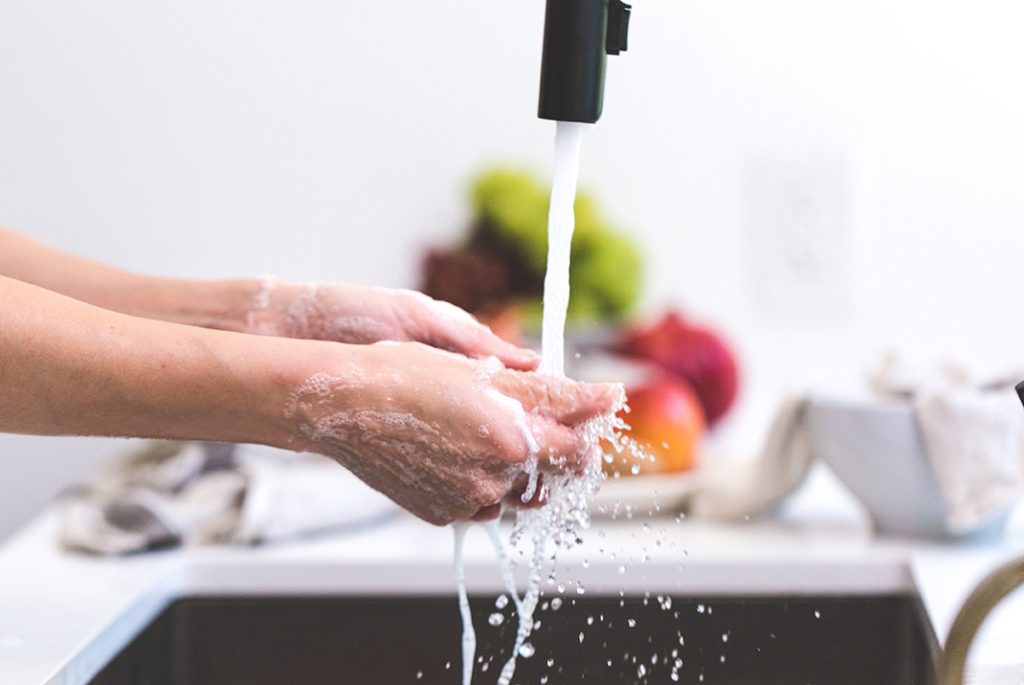
When it comes to cleaning the dishes after a hearty meal, the first thing that many people do is to set the dirty dishes in the dishwasher. While effective, it is an unfortunate fact that at times, mains water you can use for the dishwasher, which is guaranteed safe and clean, is not available.
Enter clean and safe rainwater harvested by means of a well-built rainwater collection system composed of numerous high-quality, food-grade components. When the rain that falls onto the roofs of our homes is made clean enough through filtration and proper storage in water tanks, it can actually be used for washing the dishes. Thing is, it’s not all the time that you can get to store thousands of litres of rain for use in dishwashing and other important household chores, and for this reason, it’s important that less water is used when washing dishes.
Here are the things you can do to ensure that less water is used when washing the dishes.
Preparation and Needed Materials
Aside from the dirty dishes, you need dish soap, rainwater that’s safe enough to be used for dishwashing, a sponge (preferably one that has a scrubby side), and a drying towel.
Proper Handling of Dishes
Wash the dirty dishes in batches, not immediately after their use. By doing so, you avoid using too much water for just one or a few pieces of dirty dishes. To build up that batch of dirty dishes, rinse freshly-used dishes to remove sauces and food particles, then leave them in the sink or in a container.
Preparing the Dishes
Before you begin washing, group and stack all dishes that are similar in appearance and function. This is so you will not end up having a hard time placing them on the drying rack. You can also place more dishes on the drying rack when you do this.
Basic Technique
As this is a situation where water conservation is needed, you need to wash the dirtiest and biggest dish last—usually a pot. To avoid any difficulties when washing the pot, place the pot under the source of water so it will catch the soap-rich rinse water and thus have a good time to soak.
The following section should be performed in small batches of dishes that are similar in function. Begin with cleaner dishes, such as mugs and glasses, followed by plates, cups, bowls, all cutlery, and then the pans, pots, and other dishes of unusual size.
Part 1 (water on):
Wet sponge and few dishes you want to start with briefly (i.e. using only little water).
Part 2 (water off):
Squeeze the wet sponge out until it has become damp. Apply some soap to the sponge, then squeeze a few more times until it has become foamy.
Use the sponge to wash dishes, then stack all soapy dishes aside.
Part 3 (water on):
Rinse all soapy dishes systematically. You may run every dish under rinse water from left to right. Then you can flip them over then have them run under water from right to left. Flip them one more time to remove any remaining suds. Turn water off afterwards.
Part 4 (water off):
Put any washed dishes on a drying rack. If you don’t have a drying rack, towel-dry the present batch. Repeat all steps for the next batch of dirty dishes to wash.



Leave A Comment